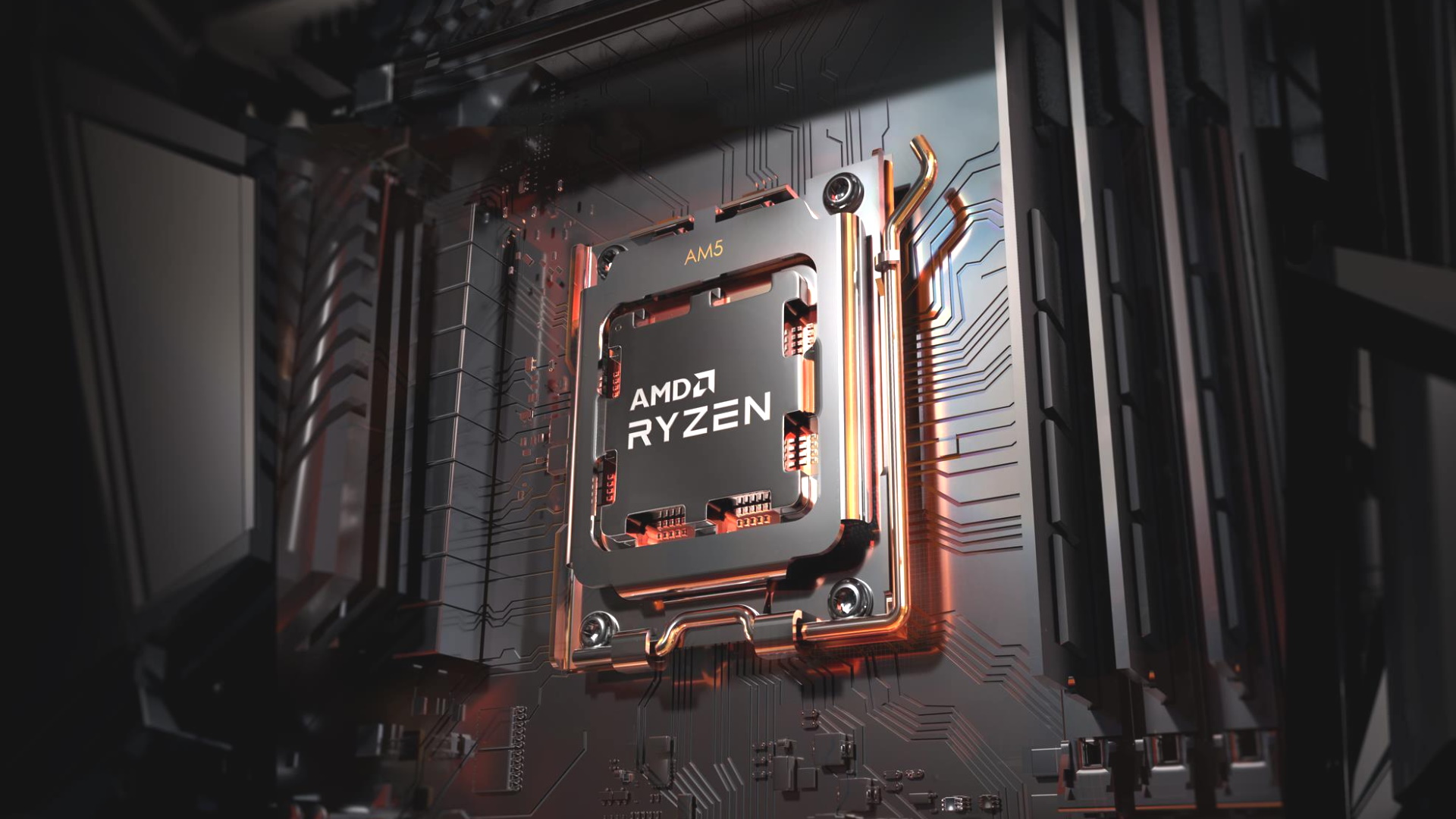
How to Overclock Gigabyte B650 Motherboard: A Comprehensive Guide
Are you looking to boost the performance of your Gigabyte B650 motherboard? Overclocking is a popular technique that allows you to push your hardware to its limits, gaining higher speeds and improved capabilities. In this detailed guide, we will walk you through the process of overclocking your B650 motherboard step by step, ensuring that you achieve the best possible results without compromising the stability of your system.
Before we delve into the nitty-gritty of overclocking, let’s first understand what it means and how it can benefit your system. Overclocking refers to the practice of increasing the clock speed of your CPU, GPU, or RAM beyond their factory-set limits. This can result in significant performance improvements, making it an attractive option for gamers, content creators, and professionals seeking enhanced processing power.
Now let’s dive into the step-by-step process of overclocking your Gigabyte B650 motherboard:
1. Understanding the Basics of Overclocking
In this section, we will provide an overview of overclocking and its potential benefits. We’ll also discuss the risks involved and the importance of proper cooling.
2. Checking Compatibility and System Requirements
Before embarking on the overclocking journey, it’s crucial to ensure that your Gigabyte B650 motherboard supports overclocking and meets the necessary system requirements. We’ll guide you through the process of checking compatibility and identifying any potential limitations.
3. Updating BIOS and Drivers
Keeping your motherboard’s BIOS and drivers up to date is essential for a successful overclocking experience. In this section, we’ll show you how to update your BIOS and drivers to the latest versions, ensuring optimal performance and stability.
4. Adjusting BIOS Settings
In order to overclock your B650 motherboard, you’ll need to make changes to the BIOS settings. We’ll walk you through the various BIOS options and settings that are relevant for overclocking, providing detailed instructions on how to make the necessary adjustments.
5. Stress Testing and Monitoring
Once you’ve made the required changes to your BIOS settings, it’s crucial to stress test your system to ensure stability and identify any potential issues. We’ll introduce you to various stress testing tools and guide you through the monitoring process to keep an eye on temperatures, voltages, and other crucial parameters.
6. Fine-Tuning Your Overclock
In this section, we’ll delve into the art of fine-tuning your overclock to achieve the best possible results. We’ll explore advanced techniques such as adjusting voltage levels, memory timings, and CPU core ratios, helping you squeeze out every bit of performance from your B650 motherboard.
7. Troubleshooting Common Issues
Overclocking can sometimes lead to stability issues or unexpected crashes. In this section, we’ll address common problems that overclockers encounter and provide troubleshooting tips to overcome them. From blue screens to system freezes, we’ve got you covered.
8. Overclocking GPU on Your B650 Motherboard
In addition to overclocking the CPU and RAM, your B650 motherboard allows for GPU overclocking as well. We’ll dedicate this section to guiding you through the process of boosting your graphics card’s performance, unleashing its full potential.
9. Maximizing Cooling Performance
Overclocking generates additional heat, which can impact the stability and lifespan of your components. In this section, we’ll provide you with tips and tricks to maximize cooling performance, ensuring that your system remains cool and stable even under heavy overclocking loads.
10. The Benefits and Risks of Overclocking
As we near the end of our comprehensive guide, we’ll discuss the overall benefits and risks associated with overclocking your Gigabyte B650 motherboard. We’ll weigh the pros and cons, helping you make an informed decision about whether overclocking is the right choice for you.
By following this detailed guide, you’ll be equipped with the knowledge and skills to overclock your Gigabyte B650 motherboard confidently. Remember, overclocking should be approached with caution and patience, ensuring that you understand the risks involved and take necessary precautions. Now, it’s time to unleash the full potential of your B650 motherboard and take your system’s performance to new heights!